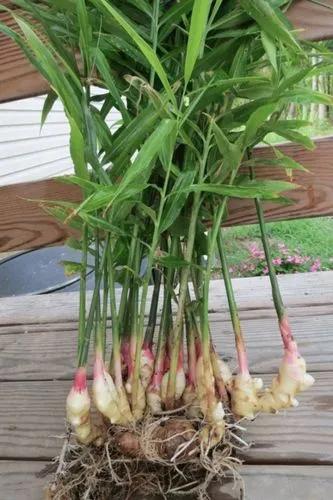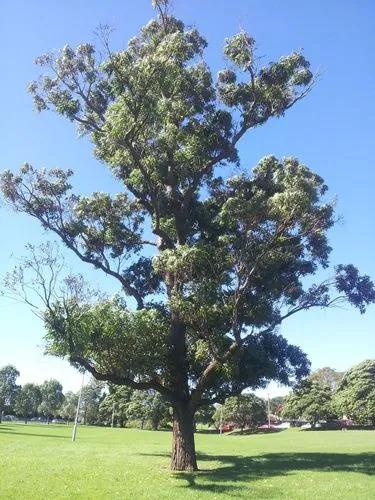Epidendrum nocturnum, the Night Fragrant Epidendrum, is the largest-flowered and most distinctive species of Epidendrum found in Florida and occurs in the West Indies, Mexico, Central America and northern South America.
Epidendrum Nocturnum Care
Epidendrum Nocturnum
Other names: Night-scented Epidendrum



How to Care for the Plant

Water

Epidendrum nocturnum should be frequently watered during intensive growth, but the outflow of water must be facilitated and the substrate around the roots should always be loose, with easy access of air. The substrate around the roots can never be desiccated or soggy.

Pruning

Remove the old flower spikes and stems by snapping or cutting them at the base of the plant. Although pruning is not necessary for re-blooming. Often the flower stalk will bloom again in a couple of months. The flower stalk sometimes will produce a Keiki (baby plant) and the baby can be removed and planted.

Fertilizer

During the active growth of the plants should be fertilized every week 1/4-1/2 of the recommended dose of fertilizer for orchids. From spring to mid-summer you can use fertilizer enriched with nitrogen, then switching to phosphorus-enriched fertilizer in late summer and autumn.

Sunlight

Epidendrum nocturnum needs a light level of 20000-30000 lux. The light should be filtered or dispersed, and the plants should not be exposed to direct sunlight in the afternoon hours. Strong air movement should be ensured all the time.

Soil

You can use medium granulation of fir bark or pieces of tree fern fiber with the addition of coarse pearlite and / or chopped sphagnum moss, which simultaneously increases the permeability of the substrate and allows moisture retention. The addition of charcoal helps to ensure permeability and prevents soda.

Temperature

It is a thermophilic plant. Similar throughout the year - the average temperatures on day is 25-27 ° C, average night temperatures is 16-17 ° C, with an amplitude of daily fluctuations of 9-11 ° C.

Container

Epidendrum nocturnum can be grown in shallow containers with good drainage or on tree rootstocks. They can also be grown in shallow pots or baskets filled with a very loose, fast-drying substrate with excellent drainage and good aeration that allows for quick drying after watering.

Popularity

23 people already have this plant 9 people have added this plant to their wishlists
Discover more plants with the list below
Popular articles






